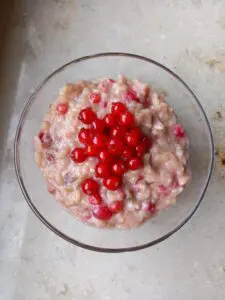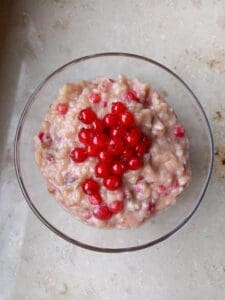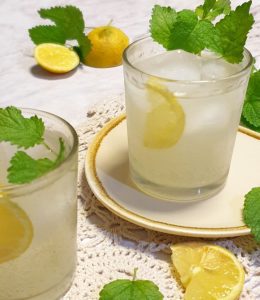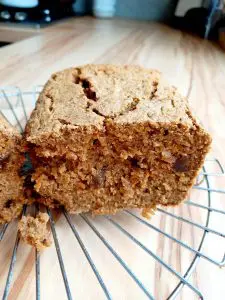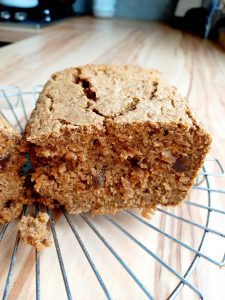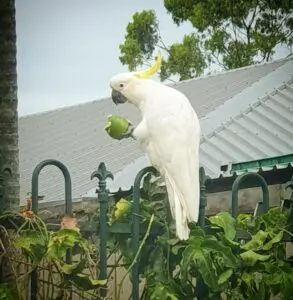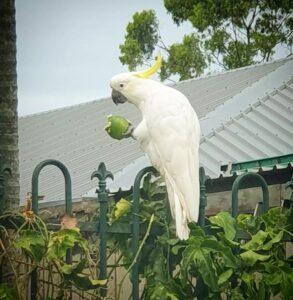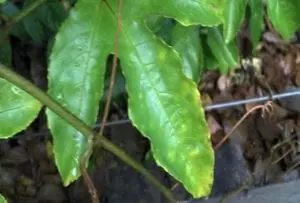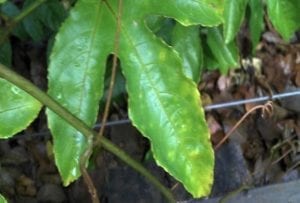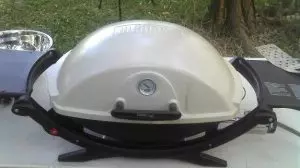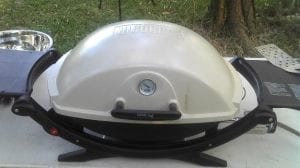Most of us have at least one citrus tree in our gardens. Be it a Meyer lemon down the backyard or a Kumquat in a pot on the front verandah.
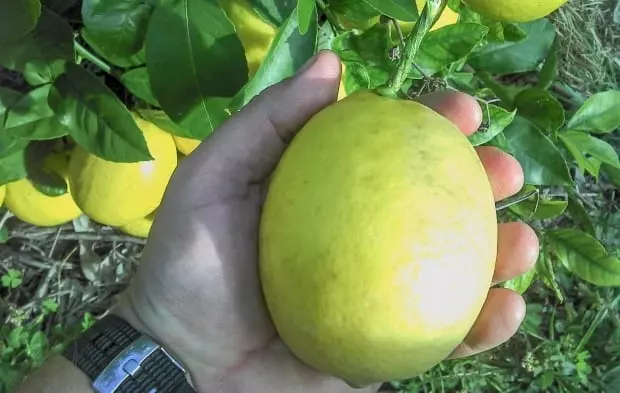
Meyer lemon fruit (image above)
Autumn is citrus care time. Right before they begin flowering is the best time to treat all the ails of the plant, as well as fix any trace element issues in the soil to give the plant the best chances of providing you with an abundance of fresh fruit in the coming winter/spring season.
The types of love you can lavish on your citrus include insect and disease control on the leaves and branches, whole plant shaping, soil fertility and balance, mulching, and watering.
First things first. Stand back to take a good hard look at your tree (to love it from a distance!).
1. Is it still shaped nicely?
2. Is the bark smooth or split and flaky? Is there moss and or lichen growing on the bark?
3. Is there black mould on the leaves? Any other pest obvious on the leaves such as squiggly tracks, rolled
leaves, misshapen leaves, small rough leaves, aphids or scale insects just to name a few of the many
ailments citrus might get?
4. What colour are the leaves? Yellowing, dark green, green with a yellow edge, etc?
5. Are there any shoots or whole branches growing up form the base of the tree (coming out from below the graft point)?
6. What condition is the mulch in under the tree? Are there weeds or grass growing?
7. Did the previous fruit have shape, colour, disease or pest problems? In other words, was there anything unusual about the previous fruit?
8. Have you given it any fertilizer recently?
OK, now some close up lovin’.

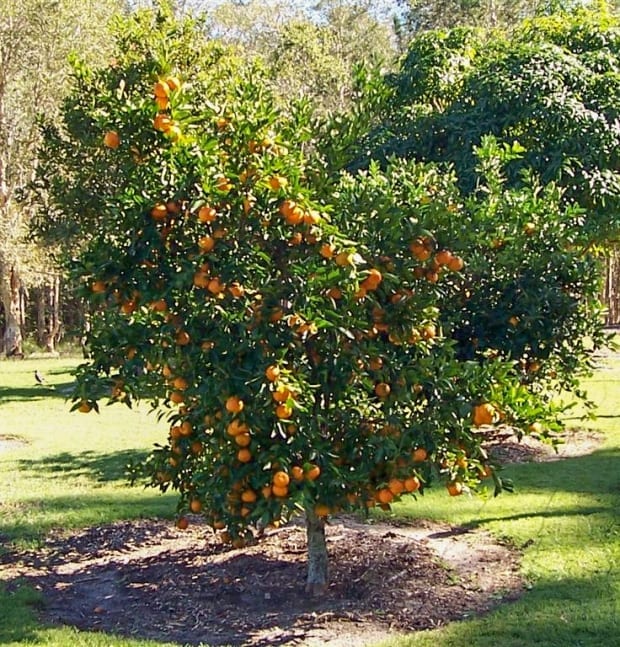
1. Shaping the tree is vital so there is good airflow, sunlight gets to all parts, any dead wood is cut away to remove any place where bad critters or diseases can inhabit and hibernate over winter.
If the tree is getting too big for its space, it can be pruned back by as much as a third. Otherwise, just trim all branches that don’t have nice fresh growth. Trim away any dead branches and twigs, any branches that cross another and any branches where the bark is rough and flaky or in any other way unusual.
Open the tree up so air flows through it easily. This is important for when it rains in winter or gets too humid in spring or summer. However, if you prune heavily, you will reduce the flowers this year but the tree will be better off in the future.
2. Check the bark. Citrus bark should be smooth and black-green in colour. Any other colour, or any other texture should be viewed with suspicion. Flaky bark, split, fissured or scabby bark indicates canker or other fungal infection in the back layers. If it’s just a branch, best to remove the branch completely. However, if it’s the trunk then copper treatment is the order of the day. There are specialised canker sprays or paints on the market or you can just buy a pack of Copperoxychloride and follow the directions.
Lichens often inhabit older trees and for the most part, they are not a problem. Purists will say they are parasitic and their roots can cause canker or similar bark diseases. I personally have never had this happen and I quite like the pale green or cream lichens that grow on my trees. Its very ‘arty’! Orchard art! 🙂 However, in some parts of the world, lichens do cause problems.
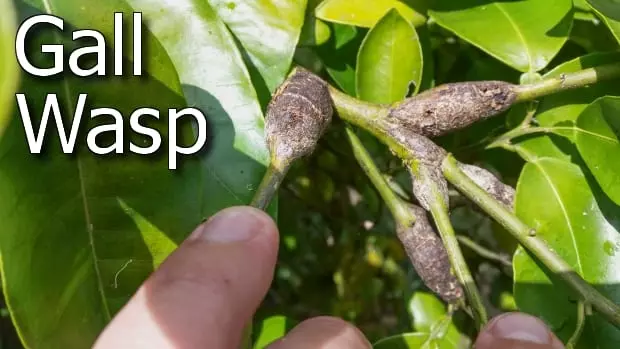
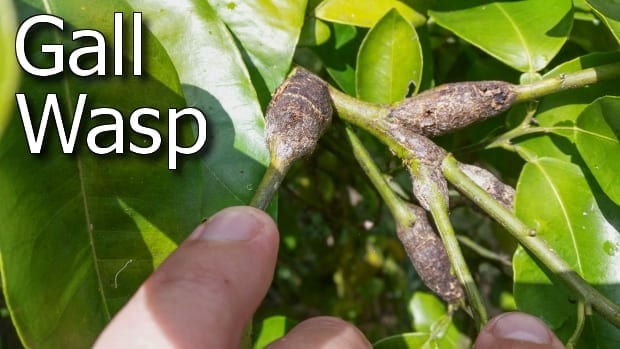
One problem which is actually a pest that appears in the bark of fairly fresh growth in Autumn is Gall Wasp which lays an egg in the young bark which then swells to form an elongated bulge just behind the new leaf growth. Cut the whole bulge off and discard it into the rubbish. Don’t put it in the compost because it may still hatch and go on to infect more trees.
3. Now let’s give the leaves some lovin’! Check the texture. Is there any black sooty mould all over the older leaves, or grey soot on younger leaves?
Are there any really rough, brownish but not dead leaves, any rolled up or disfigured, crinkled, fresh leaves? This could be trace element issues in the soil. Disfigured and crinkly is usually due to aphids sucking the sap from freshly growing leaves which can then die. Rolled leaves is usually some sort of grub. However, that is the end stage of that moth or butterfly. The damage has already been done. May as well let the critter hatch and have colourful critters flitting around your garden.

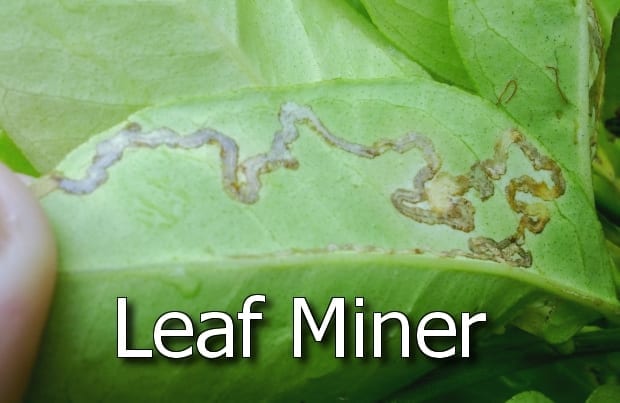
Any with squiggly marks? That’s leaf miner which is a grub that ends up in the connection of leaf to branch causing the leaf to drop. We’ve dealt with aphids but scale is a fairly big problem these days. They look like small shiny bubbles along the young branches right to the leaf node. Each scale can suck up quite a bit of sap preventing it from reaching the leaves. They also cause issues in the actual bark so its best to deal with them. However, that’s easier said than done. There are small wasps that prey on each scale insect by drilling through the shell to lay an egg. Otherwise, you can try a high-pressure water nozzle or just wiping your fingers along every branch that has them. Most organic sprays don’t touch them at all other than possibly White Oil which you can make. Wiping your fingers along the branches dislodges the scale and squashing many as well.
The scale and aphid problems can also be traced to ants farming these insects on your tree. Ants place the young insects on the new growing leaf tips where the insects suck sap. They exude a sweet discharge which the ants use as food for their young. Dealing with the ants can be a nightmare from which you never wake! The ants set up nests right there under your tree and refuse to leave. There are several commercial preparations of bait to poor around the tree or spray the leaves with. Or you can try boron in the form of laundry borax mixed with honey to attract the ants to the lid of bait. The ants take it back to their young which die. But too much boron around the tree is not good either.

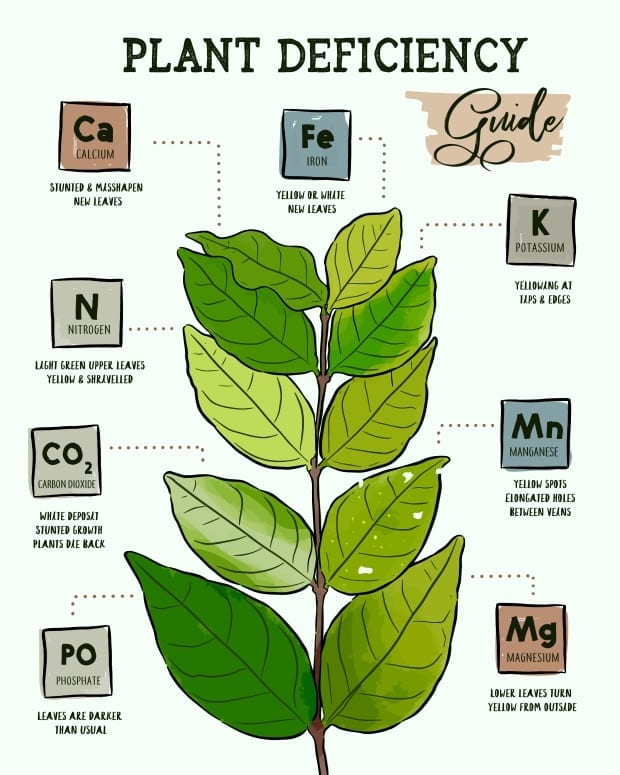
4. Leaf colour is paramount to the health of the plant. Leaf colour indicates the health of your plant from day to day. Leaf colour indicates what minerals or Trace Elements are missing or low in the soil. However many deficiencies look very similar so it’s easy to use the incorrect mineral or trace element. That’s why unless the deficiency is definitely iron, its better to top up with a general trace element foliar spray.
5. Green leaf with brown crispy tip is salt buildup from overwatering and over-fertilizing. Green leaf with yellow margin or middle vein is manganese deficiency. Green leaf with yellow tip is boron or if the yellow goes right down it is potassium. Yellow leaf with green vein or centre:- zinc, iron, or magnesium.
6. Mottled green and yellow leaf could be molybdenum. Fresh leaves that are mottled yellow are showing a nitrogen deficiency.

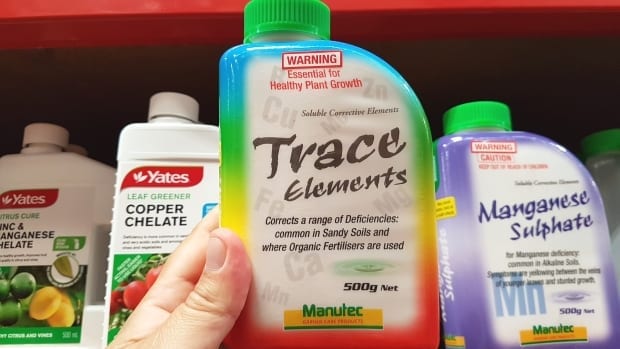
7. Sometimes it just pays to add a fresh dose of trace elements around the tree rather than try to rebalance every missing element. Some citrus fertilizers contain some trace elements but to my knowledge in Australia, there is only one (brand new to the market) that is specifically for citrus and contains a full spectrum of trace elements. It is so new it may not be available yet due to CV19 delivery issues.
8. Most citrus are sold as grafted stock. This is so the tree grows on a rootstock that will tolerate a wide range of soil types and weather conditions. There will be a scar around the trunk of the tree a little above the ground. Below is the rootstock while above is the grafted material. However, if the rootstock is stressed, it will send up a shoot that will take over the tree, have huge thorns and small leaves on it, and rarely produce fruit. It will be so strong it will almost kill the grafted parts of the tree that are producing the fruit for you. It is important to remove these rampaging shoots as soon as you see them. They often break off quite easily or prune right against the trunk.

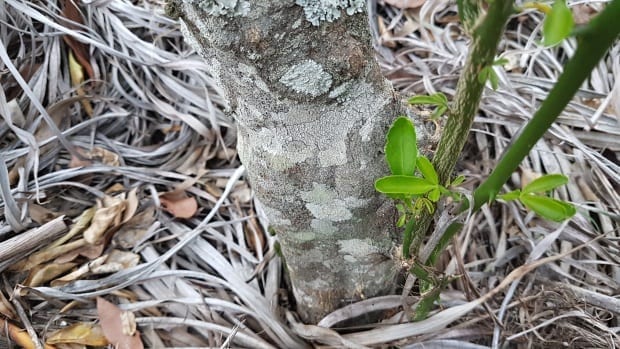
9. Mulching and weeding is very important under citrus because they don’t tolerate competition very well. Their roots are just below the surface so are in direct competition with grass and weed roots which will steal the fertilizer from the citrus roots. It’s ok to lightly fork under a citrus tree just to loosen the soil a little. But don’t do any major forking that will damage or break roots. Once all the weeds and grass have been pulled out, lay new quite fibrous mulch in a thick layer. It’s a good time to apply a nice layer of compost as well under the new mulch.
10. Lets now look at the fruit if you have any or if you can remember what the fruit looked like from last season. If it was in any way misshapen, rough-skinned, split, thin-skinned, small, dry, bitter, never ripened, went green again once picked, had scabby skin, or any of many other issues, it can be traced back to lack of potassium mostly, or in a few cases could be an insect or other trace element deficiency. Occasionally dry fruit is the result of lack of water from drought etc.

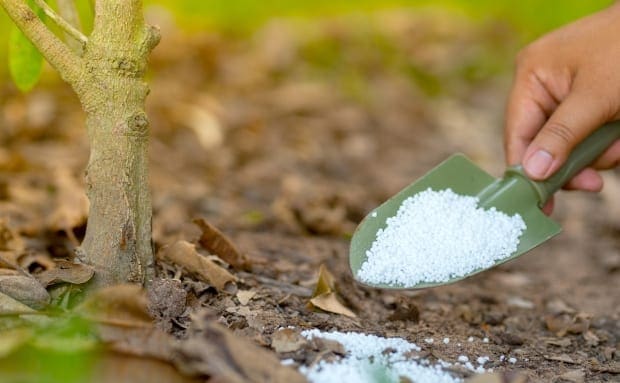
11. Finally its fertilizer time. Many fertilizers can be applied under the mulch or just thrown on top of it. There are many brands of suitable fertilizers in every hardware or garden shop across the country. They are called Citrus and Fruit Tree fertilizer. They will have extra trace elements and potassium in them. Or you can apply chicken manure-based pelleted fertilizer along with the right amount of trace elements for your soil type plus extra potassium to suit your soil type. This might be a slightly wider circle than the mulch if it is a large mature tree. Fertilzers should be sprinkled around the drip line of your tree 3 or 4 times annually onto moist soil then watered in.
So now you have neatly trimmed trees, with new mulch and a full complement of fertilizer and trace elements. You’ve shown them a heap of love and all things being equal, they will reward those efforts by producing a bountiful crop of fruit for your family all through the year.

